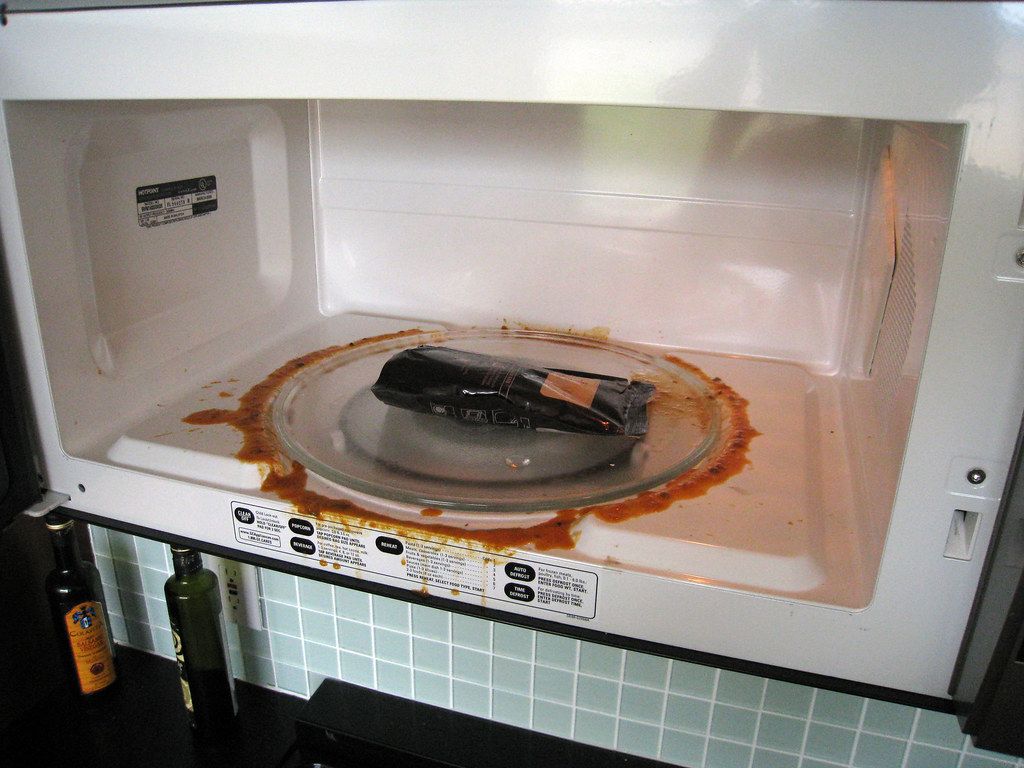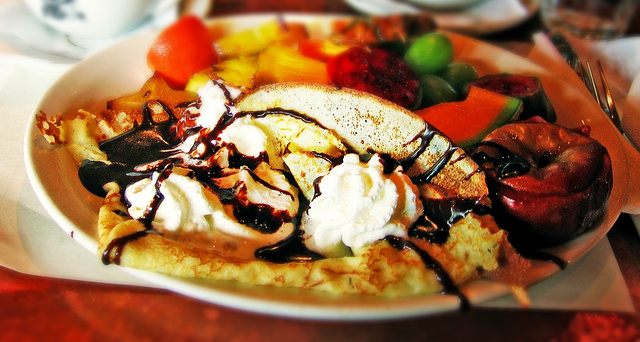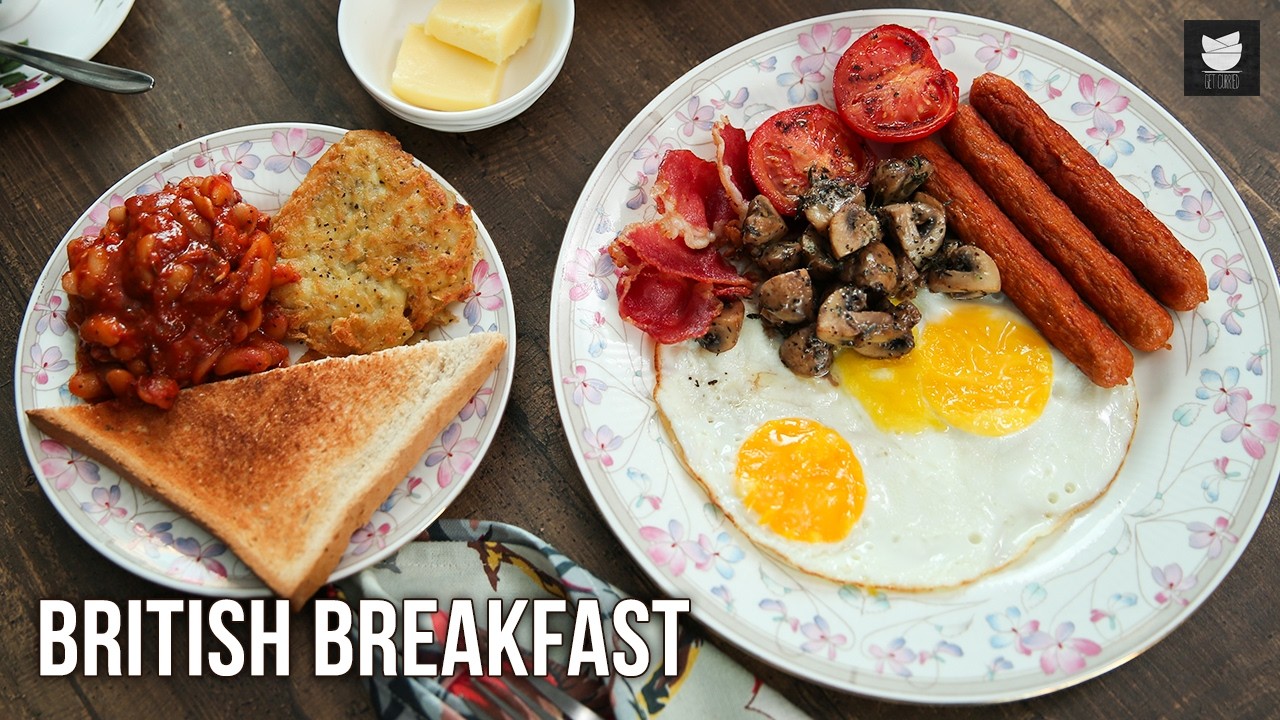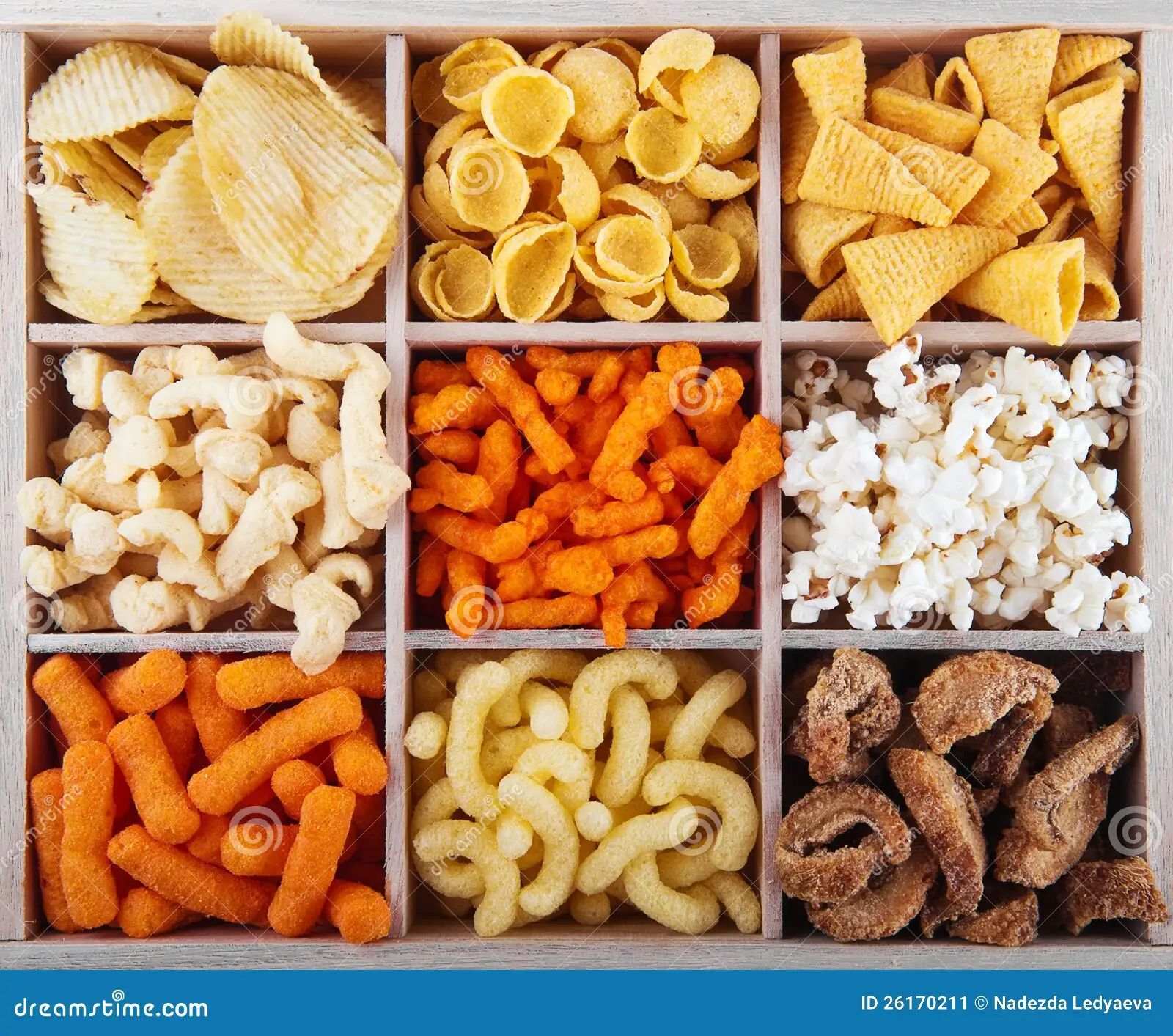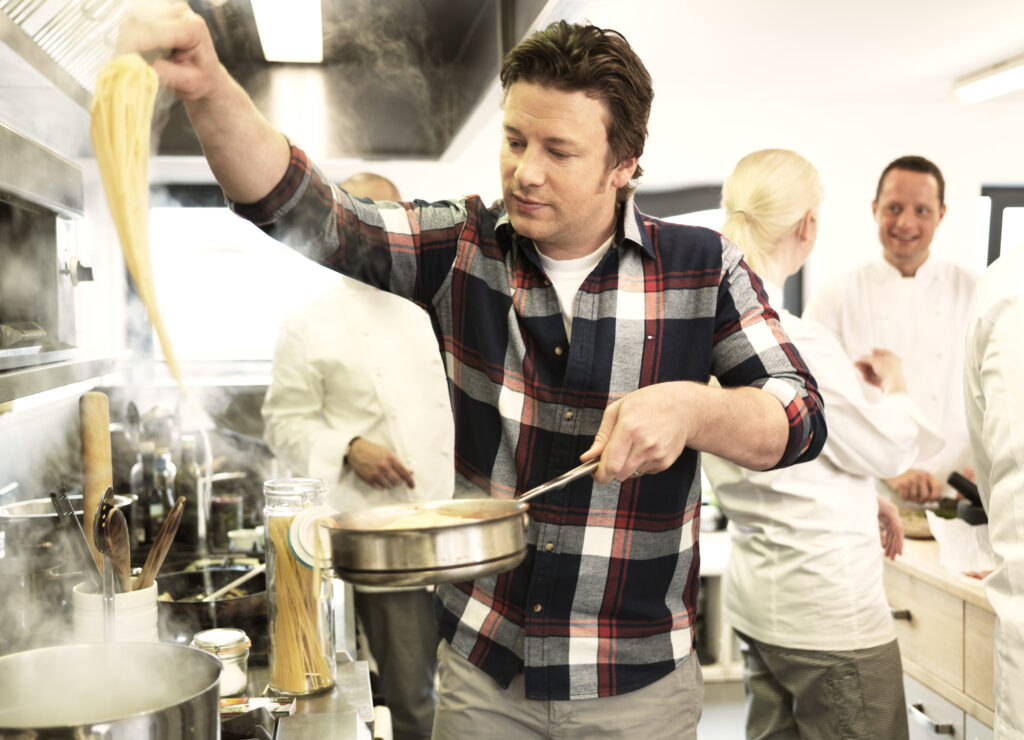
The world of kitchen gadgets is a fascinating journey through time, a culinary kaleidoscope reflecting humanity’s endless quest for efficiency and deliciousness. From the rudimentary wood and stone tools of the Stone Age to the sleek, smart appliances that promise to run our lives today, the evolution of how we prepare our food is nothing short of wild and wonderful. But amidst this relentless march of progress, a whole host of ingenious tools have been quietly, or sometimes dramatically, relegated to the dusty corners of antique shops and the fond memories of our grandparents.
For younger cooks, the idea of a kitchen without a food processor, an electric stand mixer, or even pre-pitted cherries might seem like a relic from a black-and-white movie. Yet, these “obsolete” gadgets weren’t just quirky curiosities; they were once the cutting edge, the must-have items that transformed home cooking. They tell a story of innovation, changing lifestyles, and the ever-present human desire to make meal prep a little easier, a little fancier, or a little more fun.
So, buckle up, tech-savvy foodies! We’re taking a deep dive into the fascinating world of yesteryear’s kitchen, shining a light on 14 amazing items that acted as precursors to our modern appliances. Get ready to discover the forgotten heroes and charming relics that your grandma might have loved, but we just don’t use anymore. Prepare to be amazed (and perhaps a little amused) by these bygone culinary companions!

1. **Cookie Presses**
Remember those perfectly uniform, intricately shaped cookies you sometimes see in old cookbooks or fancy bakeries? There was a time when achieving that level of cookie artistry at home was a breeze, thanks to the humble cookie press. These ingenious devices, sometimes affectionately called “cookie guns,” were all the rage in the mid-20th century. Companies like Wisconsin-based Mirro even introduced them into their product lines back in the 1930s, making them a household staple.
Operating one of these machines was a bit like playing with a futuristic toy, albeit one that churned out delicious treats. You’d load your cookie dough into a central canister, then pull a trigger, much like a ray gun, to squeeze out perfect portions. The magic happened at the end, where a disk on the press imparted an intricate shape to each piece of dough. This made them absolutely ideal for creating delicate spritz cookies, which required consistent patterns and a lighter touch than hand-shaping could provide.
While modern homemade cookies often embrace a more “rustic and hand-crafted” aesthetic these days, the cookie press hasn’t entirely vanished into the culinary ether. If you’re feeling adventurous and want to try your hand at this old-school tool, you’re in luck! Companies like Wilton and Kuhn Rikon still offer models, though they’re not as ubiquitous as they once were. Just a heads-up: these presses work best with softer, more pliable doughs—so save your chocolate chip-laden, nut-filled mixtures for traditional scooping, as chunks can interfere with the shaping disks.
Read more about: Unlocking Hollywood’s Riches: A Deep Dive into 14 Elite Real Estate Agents Dominating Tinseltown’s Luxury Market
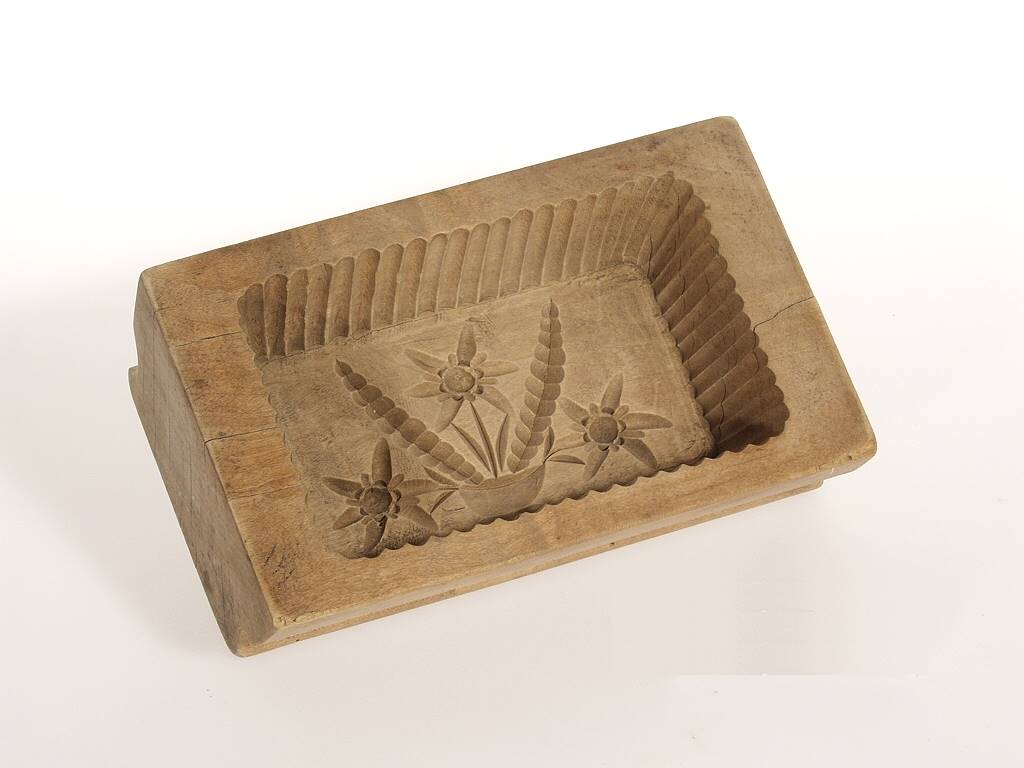
2. **Butter Molds**
Shaped butter might still grace the tables of some upscale restaurants, but in the average home kitchen, it’s largely become a thing of the past. And with its decline, the elegant butter mold also faded from everyday use. These molds really came into their own during the 18th and 19th centuries, a time when dairy farmers weren’t just focused on taste, but also on giving their products that all-important visual appeal.
This practice wasn’t merely about aesthetics; it served a practical purpose too. By using specific molds or prints, farmers could mark their butter, helping customers identify which farmer produced which batch. This clever system fostered a sense of customer loyalty, a branding strategy before branding was even a word! Farmers would carefully pack pliable butter into these molds, or simply stamp the top, before sending their distinctive products to market.
The designs on these molds were incredibly varied, ranging from simple geometric shapes to elaborate, artistic creations, often adorned with initials or decorative motifs. Butter shaping truly became an art form in its own right, adding a touch of elegance to even the simplest meal. However, the rise of mass-produced dairy and a population increasingly pressed for time meant that butter molding transitioned into a more niche exercise. Yet, these vintage molds have found a new life as collector’s items, frequently appearing in antique circles and at bustling flea markets, testament to their enduring charm.
Read more about: A Delicious Blast from the Past: Discontinued Childhood Foods We Seriously Miss (and Still Dream About)

3. **Cherry Pitters**
If you’ve ever spent an afternoon meticulously removing pits from cherries for a pie or a preserve, you’ll understand why the cherry pitter was once considered a godsend. This contraption, which has to be one of the most entertaining kitchen tools ever invented, was designed to pull pits out of cherries using an automated process, sparing your fingers and your knife from endless fiddling.
Imagine a fairly large, somewhat daunting-looking machine, usually clamped onto the side of your table or worktop. Its “hand-crank technology” was the marvel of the age. You’d feed each cherry into a hopper on top, give the crank a turn, and voilà! The pit would be extracted, with the pit and the cherry neatly falling in different directions. This process made creating homemade cherry-based treats immeasurably quicker and less laborious, turning a tedious task into a surprisingly efficient operation.
So, why did such a marvel fall out of favor? Well, it’s a little tough to justify dedicating valuable kitchen space to such a specialized, sizable tool for a relatively minor task. Plus, the convenience factor of modern living meant that “pitted cherries have also become way more widely available,” effectively removing the need for home de-pitting. But don’t despair if you fancy a taste of this nostalgic efficiency! You can still find smaller, handheld versions today that don’t just remove cherry pits but olive pits too, all with a simple squeeze of the hand.

4. **Cake Breakers**
Any connoisseur of angel food cake knows the agony: that heartbreaking moment when a blunt knife squashes the delicate, airy crumb of your perfectly baked masterpiece. For decades, bakers dreamed of a solution, and in the early 1930s, it arrived in the form of the cake breaker. For a while, this curious tool was incredibly popular, a true unsung hero for anyone tackling a fragile bake.
These strange-looking baking tools resemble very large combs, distinguished by their “large, sharp, widely-spaced tines.” It was precisely these tines that made them so effective at preserving the integrity of delicate cakes. Instead of compressing the cake fibers like a traditional knife, the spikes would gently separate each slice, leaving behind an unmarred, airy texture. Users simply sank their cake breaker into the cake, and the spikes did all the work, ensuring pristine slices every time.
While cake breakers have largely fallen out of favor with the general population, they haven’t entirely disappeared. “Angel food combs,” for instance, are still pretty widely available and remain a trusted tool for many professional bakers who demand perfection. Other innovations, like wire cake levelers, have also emerged to achieve perfect slices without the dreaded “cake rubble” or “icing smears.” However, in modern home kitchens, the super-sharp knives available today have largely “edged out” the cake breaker, as they can “kind of do the same job without taking up valuable drawer space.”
Read more about: Mind Blown! 14 Iconic Movies That Absolutely Reworked Everything We Know About Film (Wait Till You See Number 7!)

5. **Egg Poacher Pans*
Eggs are truly the chameleons of the culinary world, adaptable to countless preparations. But let’s be honest, some methods are trickier than others. Poaching an egg to perfection can be an art, which is likely why egg poacher pans were once a popular solution for home cooks. While the exact invention date remains a bit hazy, a patent for such a device was filed in 1937 by William F. Serr, with drawings that look remarkably similar to subsequent models.
These tools were a clever system: essentially, one large pan housed multiple mini-pans, all suspended and separated by a removable metal attachment. The process was straightforward: you’d add simmering water to the big pan, grease the mini-pans with a touch of butter, crack an egg into each, and then pop them in. The gentle heat from the simmering water underneath would then “gently cooked the eggs from underneath, producing a bunch of poached eggs quickly and easily.” No swirling water, no vinegar, just consistent, perfect poaches.
These pans have largely become obsolete, perhaps because modern cooks have gotten savvier in the kitchen, mastering the “big pan of water, some vinegar, and a little technique” method for perfect poached eggs. Yet, these handy pans never truly vanished! They are “still available online,” proving that some classics simply refuse to die. In our humble opinion, they should absolutely make a comeback – because who hasn’t ruined a poached egg or two in pursuit of breakfast perfection? It’s a simple solution for a delightful breakfast.
Read more about: The Controversial Home Decorating Choices of Angelina Jolie

6. **Iron Trivets**
Before smart stoves and temperature-controlled surfaces, there was the trusty trivet. Specifically, iron trivets were commonplace, functioning as large, shaped pieces of iron designed to keep things warm around the home. Their history is incredibly deep-rooted, with the “earliest trivets made during the prehistoric era,” demonstrating their enduring utility across millennia. They remained a popular fixture in homes throughout the pre-electricity days, a silent workhorse of the kitchen and hearth.
These unique tools were vital for maintaining heat. They kept pots “slowly bubbling on the stovetop,” ensured pressing irons retained their heat, and provided a safe resting place for countless other household items between uses. While iron was a common material, trivets were also crafted from “ceramics or wood, especially in areas where iron wasn’t available,” showcasing regional craftsmanship and resourcefulness.
Nowadays, while you might still spot a trivet here and there, their primary role has shifted. They’re “more commonly used as decoration or a stand for pots” rather than actively participating in cooking and heating processes. The relentless march of “modern technology,” making it easier to control stove temperatures and keep food warm, largely stripped trivets of their original purpose. Nevertheless, they remain charming ornaments and can still be “super useful when cooking outside or away from the conveniences of a kitchen,” a nod to their timeless design and functionality.

7. **Hand Mixers**
Long before the mighty stand mixer became the centerpiece of many a kitchen, its manual predecessor, the hand mixer, reigned supreme. These iconic utensils were, for a significant period, absolutely vital for a myriad of culinary tasks, from whipping cream to beating eggs. They first made their appearance “in the mid-19th century,” marking a significant leap in kitchen efficiency, even if they demanded a bit of elbow grease.
Operating one of these machines was a two-handed affair: you held the end with one hand and used the other to turn a crank. This crank was cleverly connected to a gear, which in turn powered a set of beaters. As you turned, the beaters whirled, efficiently whipping up whatever was being cooked. Over time, these tools evolved, incorporating “more ergonomic designs,” and specialized versions, like egg mixers, became increasingly common, catering to specific culinary needs.
Then, as is often the case, electricity swept in and changed everything. “Once electricity started to become mainstream, electric hand mixers were invented,” taking the physical effort out of the equation. Simultaneously, “Stand mixers also started to become more prominent,” completely eliminating the need for any arm action. While you can still find manual hand mixers today—often at a much cheaper price than their electric counterparts—their once-intricate designs have largely been replaced by more functional, streamlined models, a testament to efficiency trumping elaborate mechanics.
Alright, tech-savvy foodies and culinary history buffs, if you thought the first seven gadgets were a trip, get ready for even more fascinating forgotten heroes! We’re diving deeper into the relics of the past, uncovering how evolving technology and shifting culinary practices have reshaped our kitchens, sometimes for the better, and sometimes, well, we just miss the charm. Let’s explore the next batch of amazing tools that have largely faded from our everyday cooking routines.
Read more about: Inside the Studio: Deconstructing the 10 Essential Producer Roles Shaping Today’s Film and TV Landscape
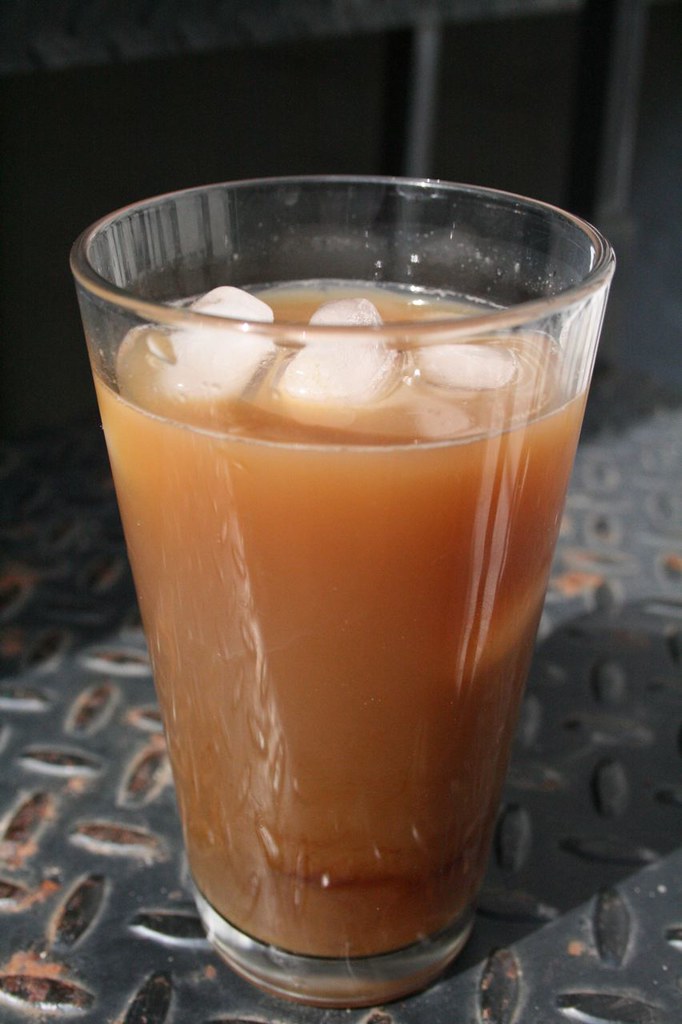
8. **Ice Pets**
If there was a competition for the cutest-named kitchen tool, ‘ice pets’ would win. These unique appliances weren’t the kind you fed; their sole function was to shave ice down to small sizes, which were then packed into snow cones. To operate, users loaded a disk of ice into the barrel, then turned a hand crank, operating a sharp blade that skimmed shavings off the disk, creating a snow-like consistency. It was a charmingly mechanical way to make frosty treats.
While we appreciate this method, it’s clear why ice pets faded. They were pretty loud, with the blade scraping ice causing a din. Crucially, they required a specific disk of ice, necessitating a special mold. This added an extra step that modern kitchens eventually rendered unnecessary.
Ultimately, the rise of food processors and blenders sealed their fate. These versatile machines effortlessly reduce ice to tiny shavings without needing it to be pre-shaped into a disk. The convenience and multi-functionality of modern appliances effectively removed the ice pet’s niche, relegating it to a charming, but obsolete, kitchen curiosity.
Read more about: Strategic Spending for Sustainable Happiness: 12 Scientifically-Backed Purchases That Transform Well-being
9. **Metal Pot Strainers**
Strainers are vital kitchen tools, and while colanders have endured, another form, the metal pot strainer, had a briefer run. Patented around 1947, these consisted of a metal plate with slots. Cooks simply placed the strainer on the side of their pot, then tipped the liquid through the slots as needed, retaining the food inside. It was a direct, albeit sometimes precarious, method for draining.
These strainers never truly vanished; they’re still available today, often in attachable plastic forms that clip onto pots. However, colanders proved more useful, catching all food and removing liquid instantly. They offered greater security and efficiency compared to the original design.
The advent of modern pots with built-in straining holes further contributed to their obsolescence. Many contemporary cookware designs integrate this feature directly into lids or pot structures. This innovation largely eliminated the need for a separate straining apparatus, making the original metal pot strainer a charming, yet superseded, piece of kitchen history.

10. **Egg Coddlers**
Egg coddlers are among the most beautiful kitchen tools, serving as both cooking and serving utensils. These intricately painted earthenware objects gained popularity in late 19th-century Europe. To use, eggs were cracked into the small pot, the lid screwed on, and the coddler placed into boiling water. This gentle method cooked the egg inside, producing a perfectly tender, silky texture.
Despite their charm, egg coddlers declined as coddling itself became less popular. Modern diners are more accustomed to poached, fried, or boiled eggs. Furthermore, in today’s often-crowded kitchens, the single, specific function of an egg coddler made it hard to justify for many home cooks who needed versatile tools.
Thanks to their inherent beauty and artistic designs, egg coddlers have found a new life as collector’s items and ornamental pieces. Their aesthetic appeal transcends their original culinary utility. These lovely relics remind us of a time when dining presentations held a different kind of ceremony.
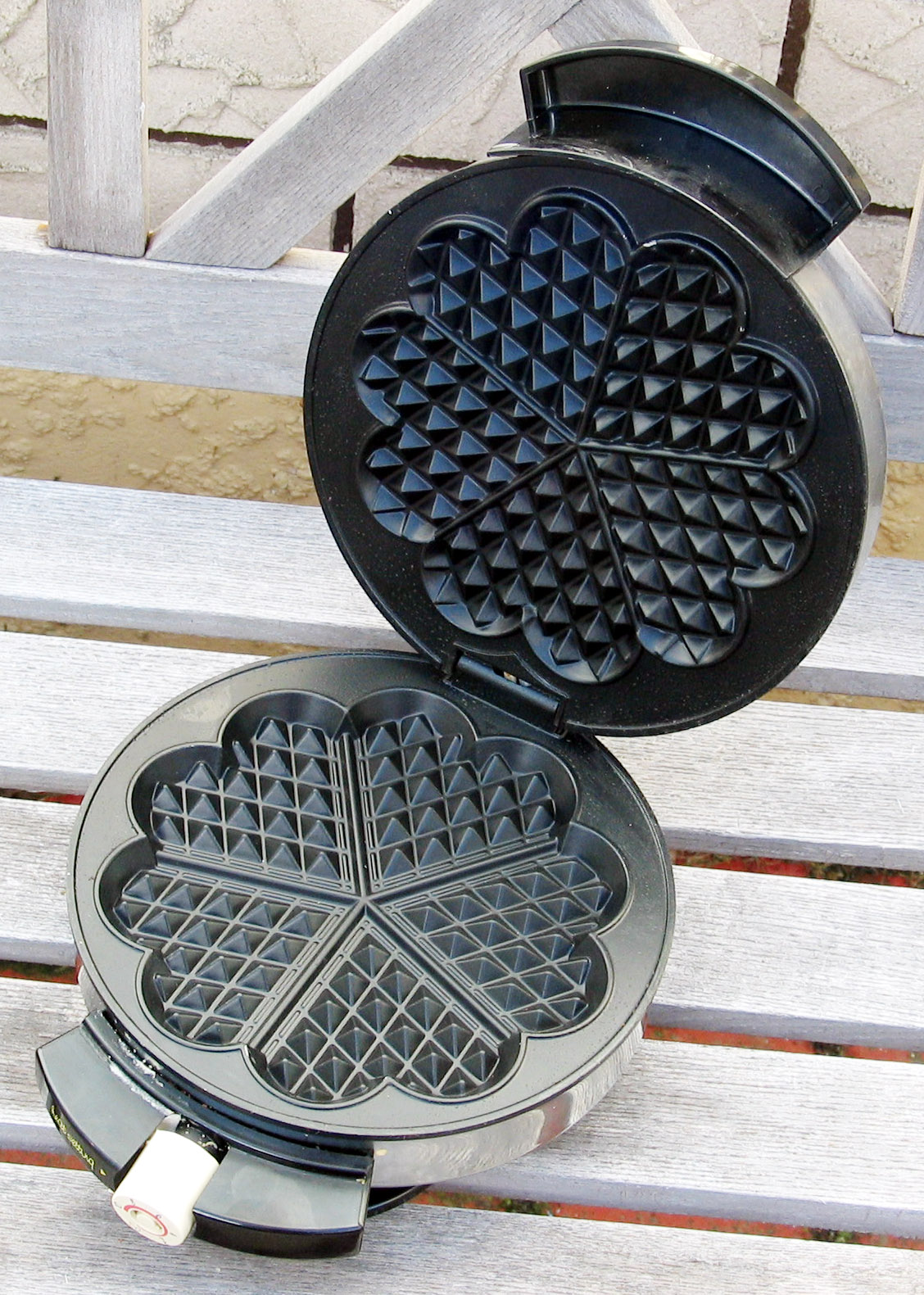
11. **Handheld Waffle Irons**
Waffle irons have certainly stood the test of time, but the handheld version is now a rare sight. For a long time, these were highly desirable. Early waffle irons, often with fancy designs, consisted of metal plates attached to long handles, held over an open fire. Later versions became smaller and adapted for stovetop use, developing the classic grid shape ideal for holding toppings.
However, electricity changed everything. Once the electric waffle iron was invented, it became a self-contained appliance, eliminating the need for open flames or stovetop burners. This marked a significant leap in convenience, offering consistent heat and hands-free operation, thereby rendering its manual predecessors largely obsolete for everyday use.
While modern kitchens favor electric models, these old-school handheld gems haven’t entirely disappeared. Dedicated treasure hunters might still unearth them in vintage stores, offering a tangible link to a bygone era of breakfast preparation. They remain a testament to the enduring appeal of waffles, regardless of the method.
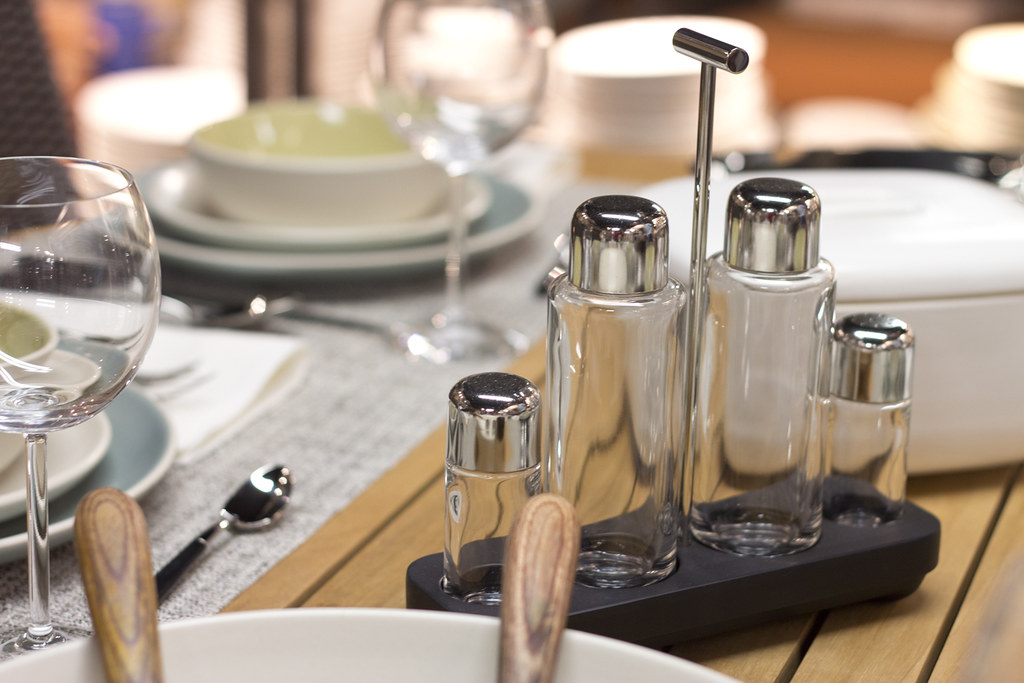
12. **Condiment Trays**
It’s curious why condiment trays, once a popular and intricate staple, have largely vanished from our dining tables, especially since condiments themselves are more varied than ever. Some elaborate trays, dating back to 1750s Germany, featured landscapes or geometric patterns, while simpler designs used small pots on a miniature lazy Susan, sometimes with different-sized bottles. They truly added a touch of sophistication to meals.
Despite their aesthetic appeal, condiment trays demanded effort. They required constant decanting of various sauces, adding prep time, and were likely tricky to clean. These practical drawbacks began to outweigh their decorative advantages in busy modern households.
The biggest factor in their decline was the widespread availability of store-bought condiments in their own convenient jars or bottles. This eliminated the need for decanting, saving time and kitchen space. While it’s a shame to lose the refined elegance these trays brought, they now make delightful conversation pieces and collector’s items, reflecting a more ceremonious dining past.
Read more about: Your Costco Insider Guide: 18 Smart Buys That Seriously Pay Off
13. **Food Mills**
Once a fixture in nearly every kitchen, the food mill’s primary function was to purée food. Invented in the early 1920s, it operated by placing ingredients in the upper vessel, then turning a hand crank. This rotated an angled blade, forcing food through a disk to create a smooth paste, while simultaneously separating seeds and fibers. It was a precise, controlled method for achieving desired textures.
While electric blenders now perform this function in a fraction of the time, food mills offer unique benefits. They produce a thicker purée with less air incorporation, resulting in more intense flavors. Moreover, they are an environmentally conscious choice, operating for free without using electricity, appealing to those seeking sustainable cooking methods.
Many professional chefs still prefer the texture achieved by manual milling for certain tasks. The rhythmic cranking connects you to the cooking process in a way button-pushing cannot. With their durable stainless-steel construction and better control, food mills remain a valid, albeit retro, tool for specific culinary needs.
Read more about: Empowering Your Plate: 14 Dietary Strategies to Significantly Lower Your Cancer Risk

14. **Hand-Crank Ice Cream Makers**
Ice cream became a popular dessert for the masses thanks to Nancy M. Johnson’s hand-crank ice cream maker, invented in the mid-1800s. These machines operated by a hand crank that turned a paddle, churning the mix into smooth, delicious ice cream. As they became smaller, they democratized ice cream, making it accessible to more households than ever before.
However, when electric versions arrived, their appeal was undeniable. The hand-crank method required significant physical effort, often 45 minutes of constant cranking per batch—a serious commitment for a dessert. The convenience of automation quickly overshadowed the traditional, laborious process.
Despite the dominance of electric models, the hand-crank ice cream maker persists. Companies like White Mountain, with a legacy dating back to the 19th century, still produce them, catering to enthusiasts who cherish the traditional method. For these dedicated cooks, the satisfying rhythm of the crank and the unique texture are worth the effort.
And there you have it, a captivating journey through the annals of kitchen history! From specialized presses to hand-cranked marvels, these 14 tools represent more than just obsolete gadgets; they are footnotes in the story of human ingenuity, evolving tastes, and the relentless march of technological progress. Each one, in its own way, tells a tale of how we once cooked, entertained, and sought to make life a little easier or a lot more delightful. While our modern kitchens might boast sleek, smart appliances that promise the world, there’s an undeniable charm and a powerful connection to the past in these forgotten heroes. They remind us that sometimes, the simplest solutions were, and still can be, the most satisfying. So next time you’re whipping up a meal, take a moment to appreciate the journey our kitchen tools have taken, and perhaps, even find inspiration in the clever designs of yesteryear!

